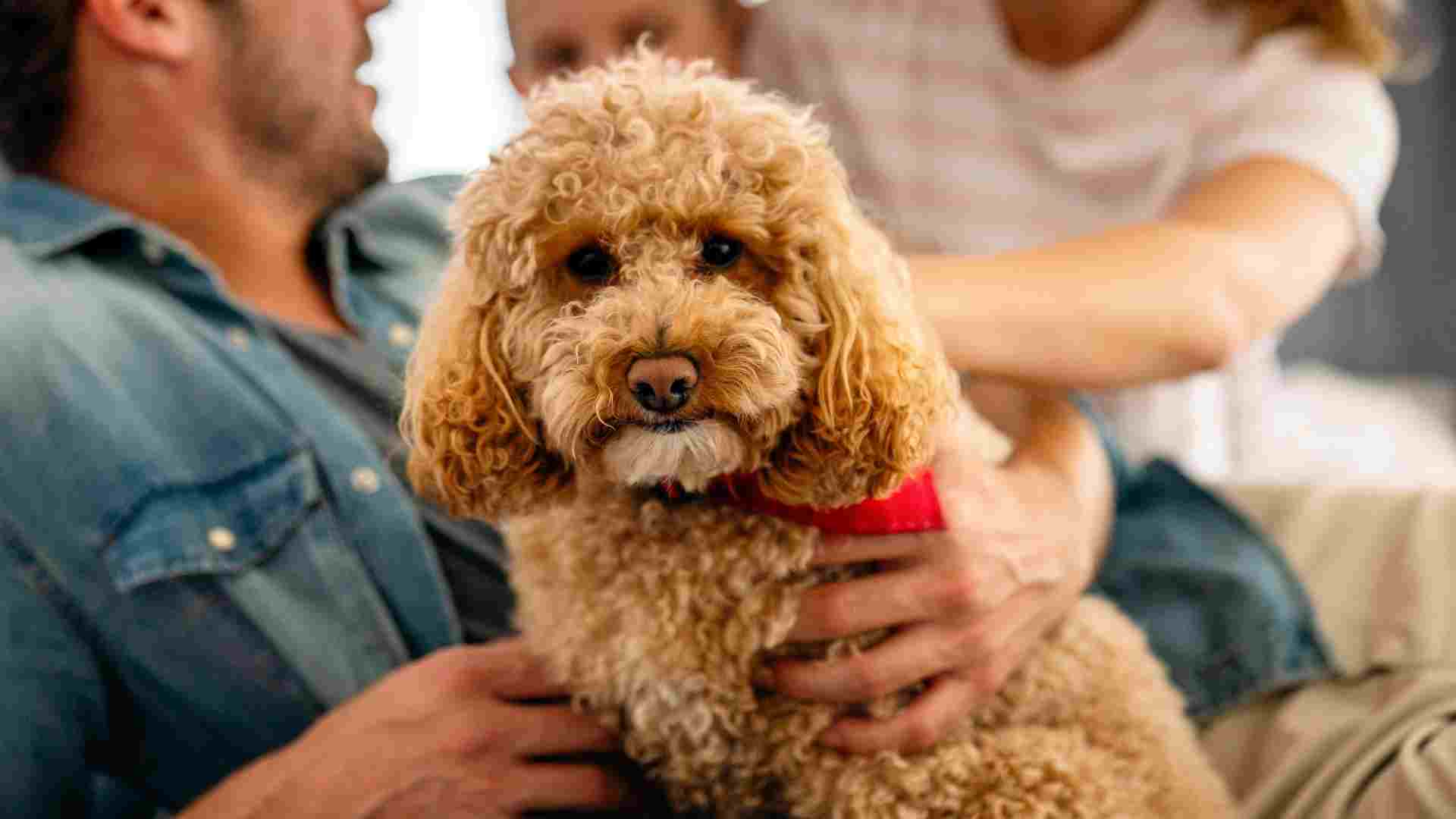What makes a dog truly part of the family? Is it their loyalty, their playful spirit, or the way they curl up beside you after a long day? The truth is, it’s all of the above—and more. Choosing the right dog breed for your family means finding a pet that’s not just adorable, but also patient, friendly, and easy to live with.
From high-energy pups that love outdoor adventures to gentle souls perfect for quiet evenings, the best family dogs come in all shapes and sizes. In this guide, we’ll explore the top breeds that consistently earn their place as beloved family members.
Whether you’re first-time dog owners or seasoned pet parents, you’ll find breeds here that fit seamlessly into your home and lifestyle.
Ready to meet your family’s next best friend? Let’s dive into the best dog breeds for families.
Best Family Dog Breeds
1. Papillon
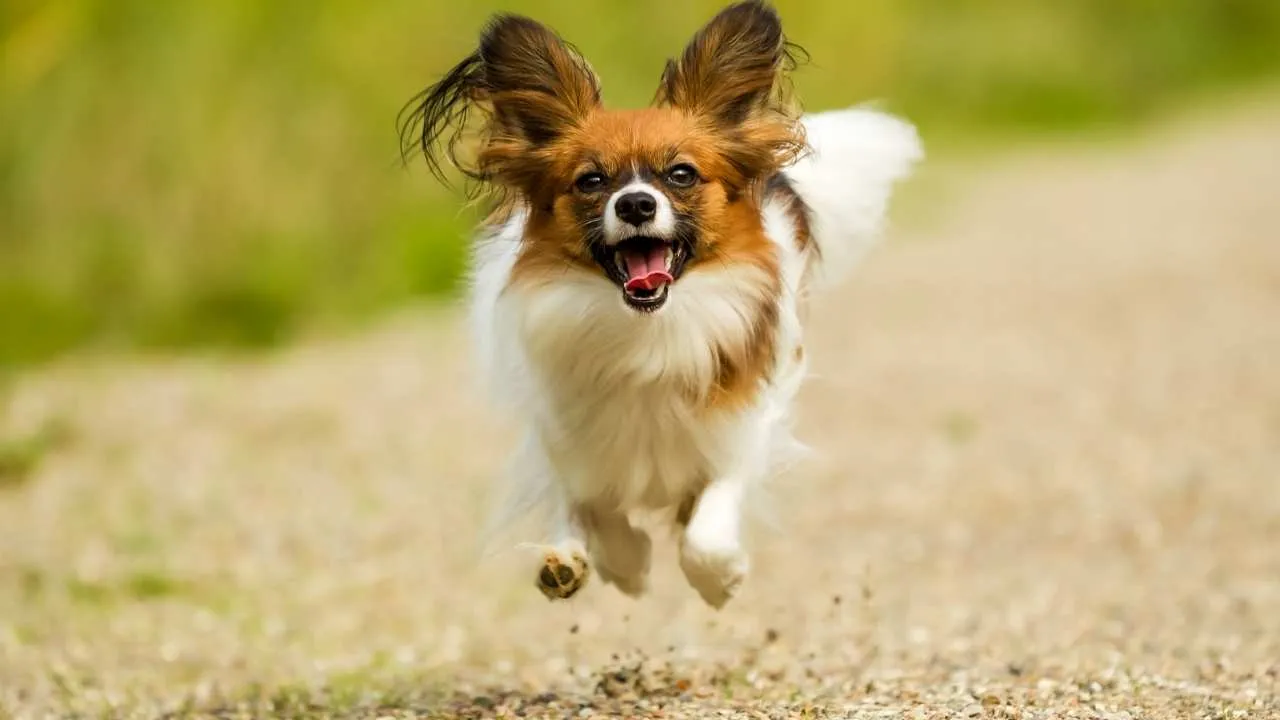
Breed Profile
Size: Small
Temperament: Alert, friendly, intelligent
Origin: France and Belgium
The Papillon is a small, fine-boned breed known for its upright, fringed ears and confident presence. It was favored by European nobility and appears in several Renaissance paintings.
This breed is highly intelligent and responds quickly to training. It performs exceptionally well in agility, obedience, and trick-based activities.
Papillons have a light, single coat that requires weekly brushing to prevent tangling. The ears need regular cleaning to avoid infection.
They are energetic and need structured play, short walks, and mental stimulation. Without engagement, they may become vocal or demanding.
Papillons are affectionate with family but may be reserved with unfamiliar people. As noted by AKC, the breed is both elegant and athletic, requiring experienced handling to reach its full potential.
2. Pug
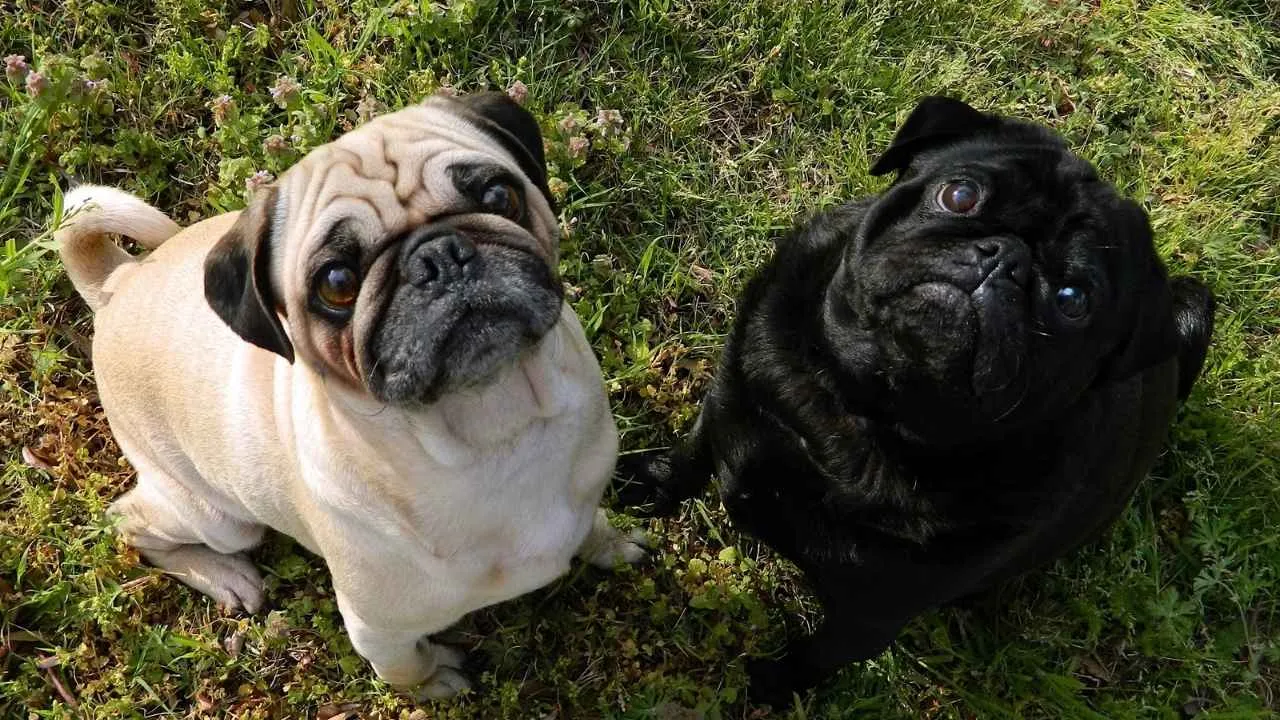
Breed Profile
Size: Small
Temperament: Affectionate, playful, sociable
Origin: China
The Pug was developed in China as a royal companion and later gained popularity across Europe. It is compact, sturdy, and easily recognized by its wrinkled face and curled tail.
Its temperament is affectionate and playful, and it bonds closely with family members. It generally prefers lounging to high-energy activity.
This breed is brachycephalic and can overheat easily. Exercise should be brief and limited in warm weather.
Pugs shed heavily despite their short coat and need brushing several times a week. The skin folds on the face require frequent cleaning to prevent infection.
Training can be slow due to its stubborn streak, but food rewards are effective. As noted by PetMD, Pugs are loyal and thrive in calm, attentive households.
3. Havanese
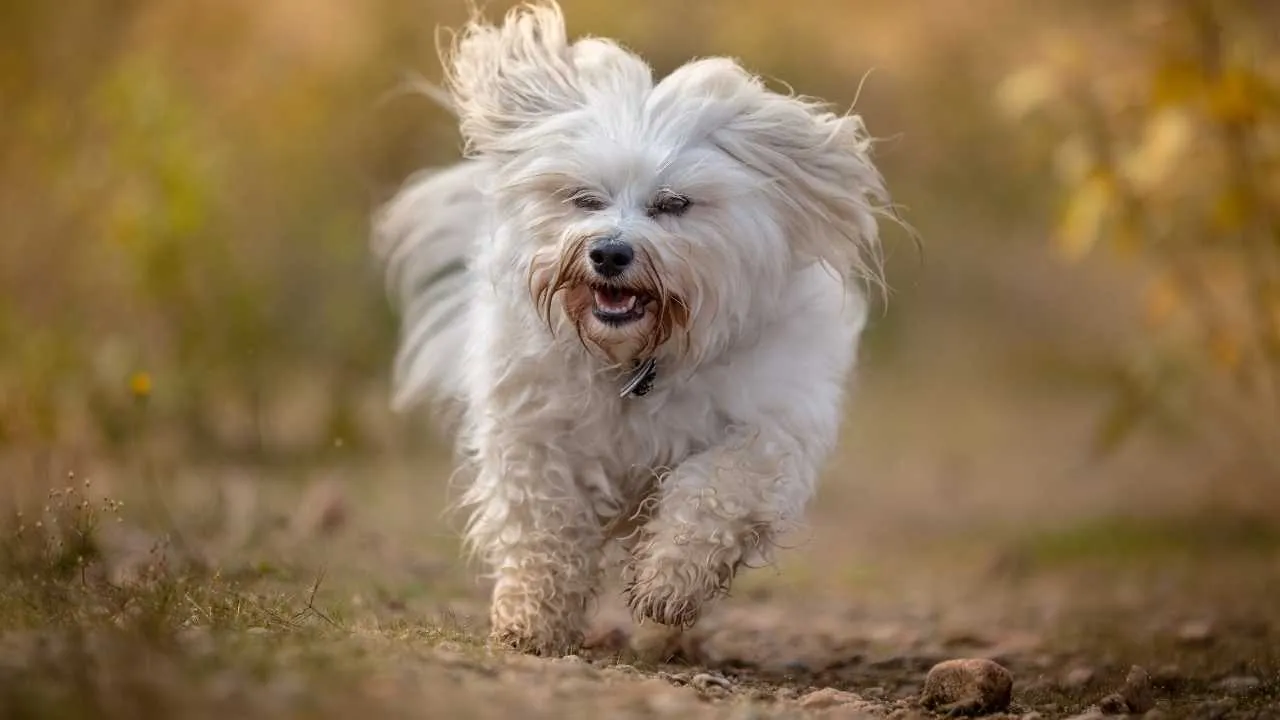
Breed Profile
Size: Small
Temperament: Gentle, intelligent, social
Origin: Cuba
The Havanese was bred in Cuba for companionship and is known for its cheerful personality and adaptability. It enjoys constant human interaction and does poorly when left alone for extended periods.
It has a long, silky coat that is low-shedding but mats easily. Daily brushing is necessary, and many owners choose to clip the coat short for easier maintenance.
This breed learns quickly and responds well to positive reinforcement. It enjoys learning tricks and participating in obedience or therapy work.
Its energy level is moderate. Short walks and indoor play are usually enough to keep it content.
The Havanese gets along well with children and other animals. Its friendly nature and size make it ideal for urban or suburban homes.
4. Cavalier King Charles Spaniel
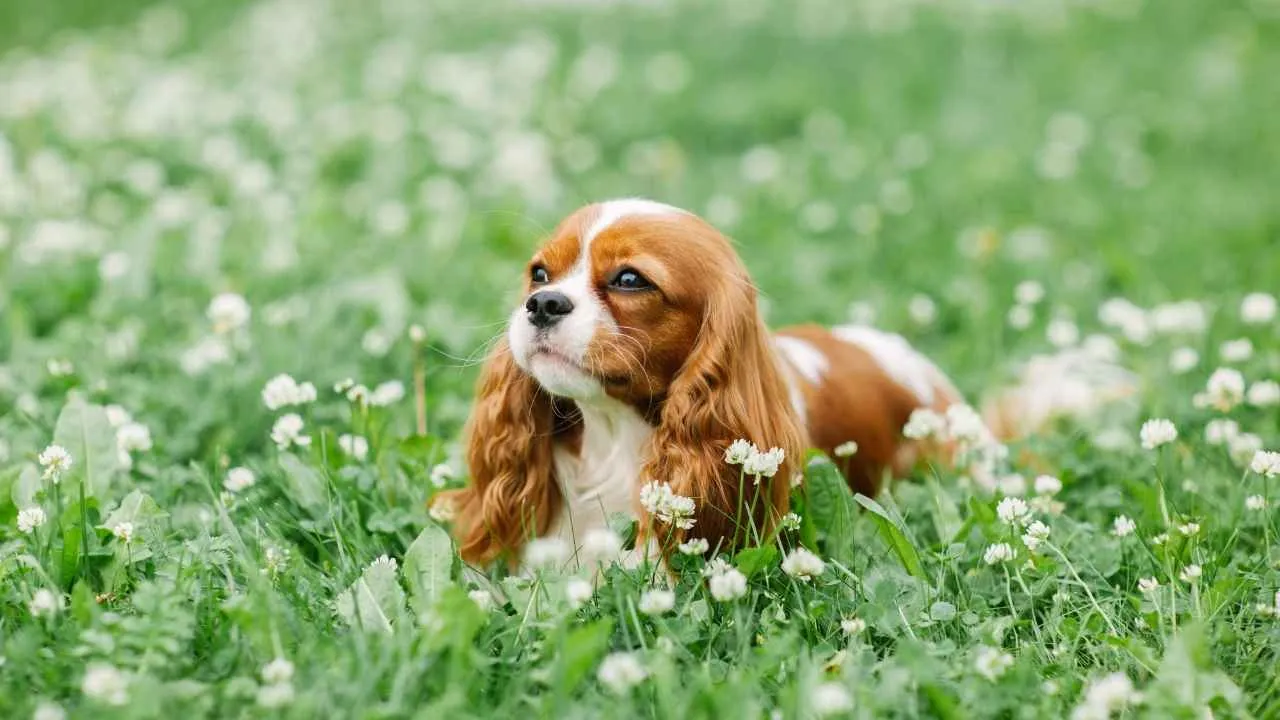
Breed Profile
Size: Small
Temperament: Friendly, gentle, affectionate
Origin: United Kingdom
The Cavalier King Charles Spaniel was developed as a companion to British nobility and still carries the breed’s traditional gentle demeanor. Its large eyes, soft coat, and quiet presence make it ideal for homes seeking a calm, people-oriented pet.
It gets along easily with children, strangers, and other dogs. It prefers constant company and is not suited to long periods of isolation.
Exercise needs are moderate. A short daily walk and indoor play are enough to maintain its physical health.
The breed’s long ears and feathered coat require regular grooming. Special care is needed to prevent matting around the ears, chest, and legs.
It is prone to several genetic conditions, including mitral valve disease. As noted by PDSA, routine health checks are essential to manage risks associated with the breed.
5. Maltese
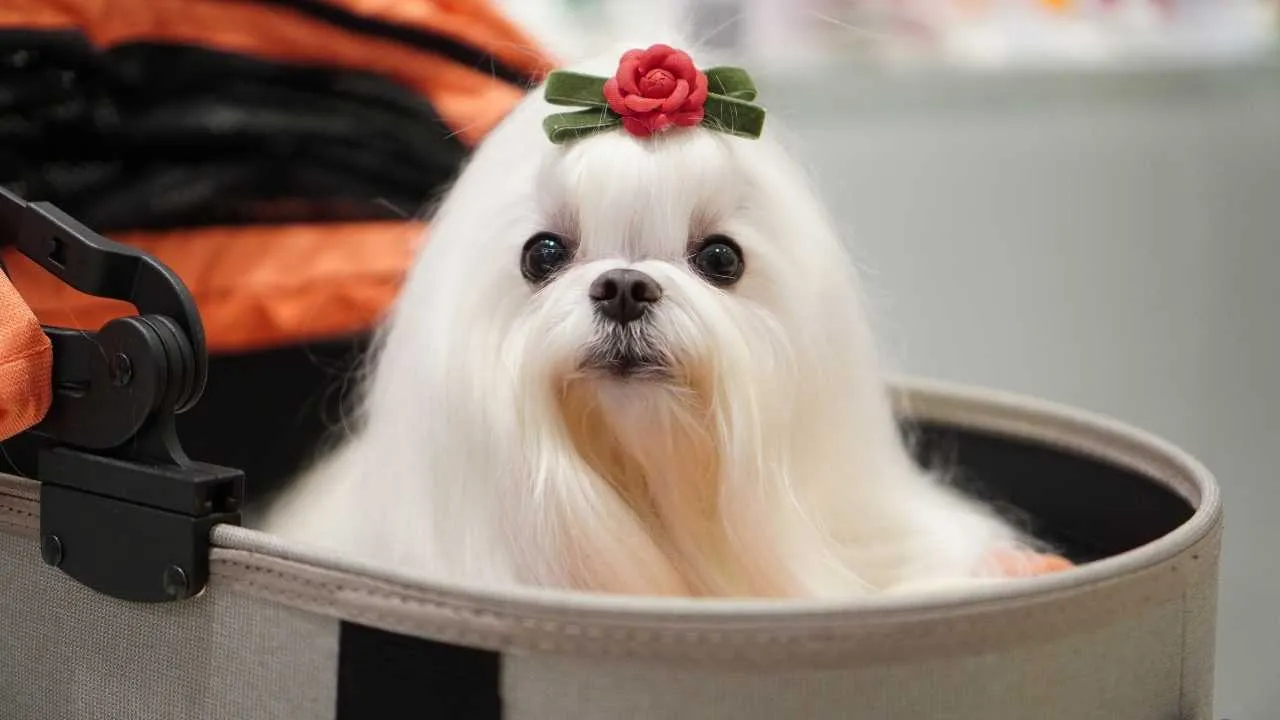
Breed Profile
Size: Small
Temperament: Gentle, playful, affectionate
Origin: Mediterranean region (likely Malta)
The Maltese has been a companion dog for centuries and is best known for its long, silky white coat and expressive face. It is affectionate and thrives in close contact with family members.
It prefers routine, gentle play, and companionship over rough activity. Short daily walks and indoor games are sufficient for its energy needs.
The coat needs daily brushing or routine trimming. Eye care is important to prevent staining, and the breed’s skin is prone to dryness if grooming is neglected.
Training is effective when gentle and reward-based. Socialization should begin early to prevent overdependence or excessive barking.
The breed has no undercoat and may suit allergy-sensitive households when coat care is properly managed.
6. Bichon Frise
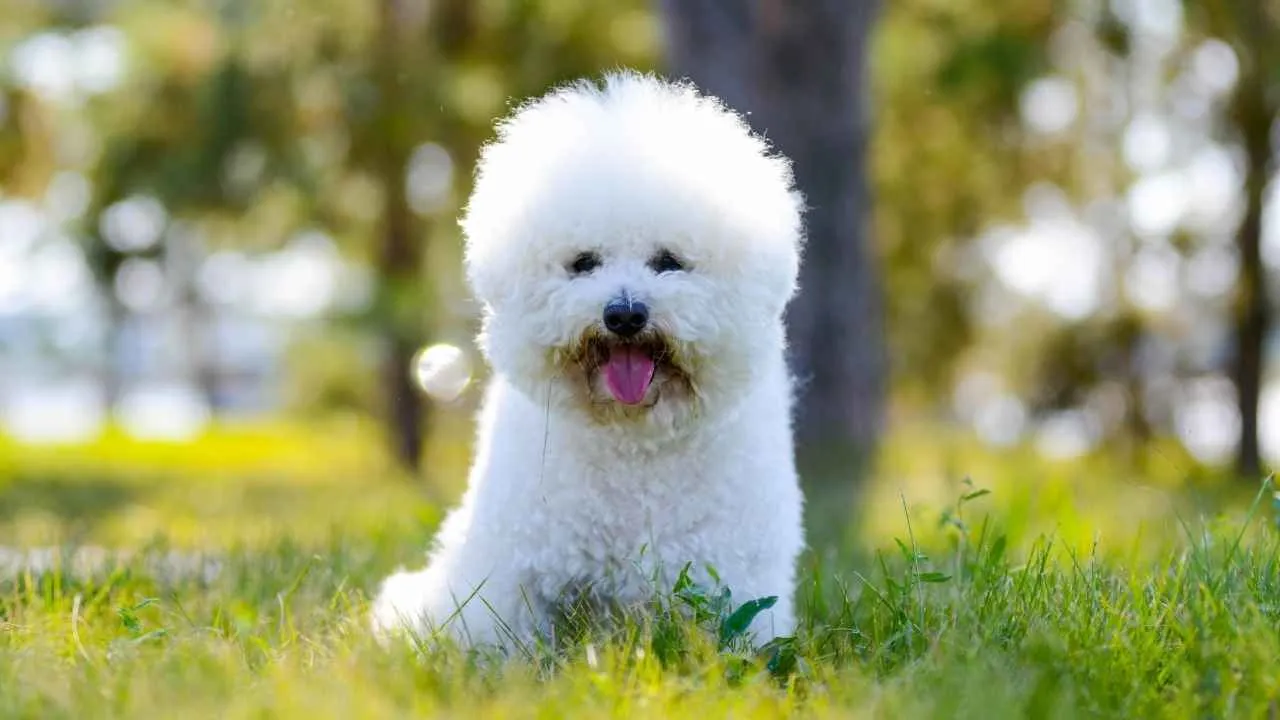
Breed Profile
Size: Small
Temperament: Cheerful, affectionate, adaptable
Origin: Mediterranean region
The Bichon Frise is a compact breed with a soft, curly coat and a playful temperament. It was historically kept by European nobility and developed into a companion breed well-suited to modern homes.
This breed is sociable and gets along well with children and other pets. It enjoys participating in daily routines and does poorly if left alone too often.
Mental stimulation is important. Bichons enjoy trick training, puzzle toys, and brief walks, but have modest exercise needs.
The non-shedding coat requires daily brushing and professional grooming every few weeks. Regular dental care and ear checks help prevent common health issues.
The Bichon Frise is an intelligent, family-friendly option that fits well into structured but relaxed households.
7. Toy Poodle
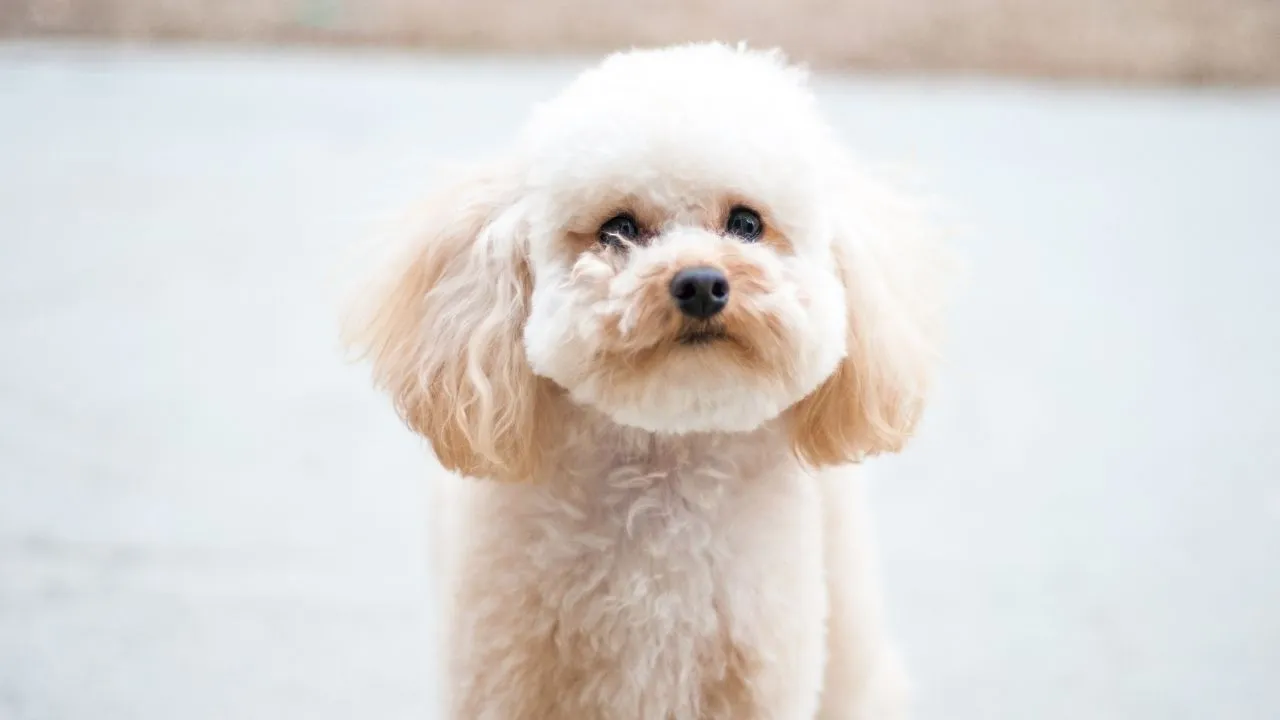
Breed Profile
Size: Small
Temperament: Intelligent, lively, responsive
Origin: Germany and France
The Toy Poodle, the smallest of the Poodle varieties, was developed to be a lively and elegant companion dog. It shares the same intelligence and trainability as its Standard and Miniature counterparts and has a reputation for excelling in obedience and agility. This breed is affectionate, alert, and enjoys forming close bonds with its family.
Toy Poodles are highly responsive to training and need regular mental challenges to stay engaged. Trick training, puzzle toys, and structured play are all effective in keeping them sharp and content. Though small, they’re energetic and thrive with daily walks and indoor games.
Their dense, curly coat is low-shedding and considered hypoallergenic but requires professional grooming every 4–6 weeks and frequent brushing to prevent matting. Ear care is also essential due to their floppy ears.
The Toy Poodle is a smart, loyal breed with a proud, confident bearing—ideal for families who want an affectionate yet alert companion with strong trainability and a polished appearance.
8. Miniature Schnauzer
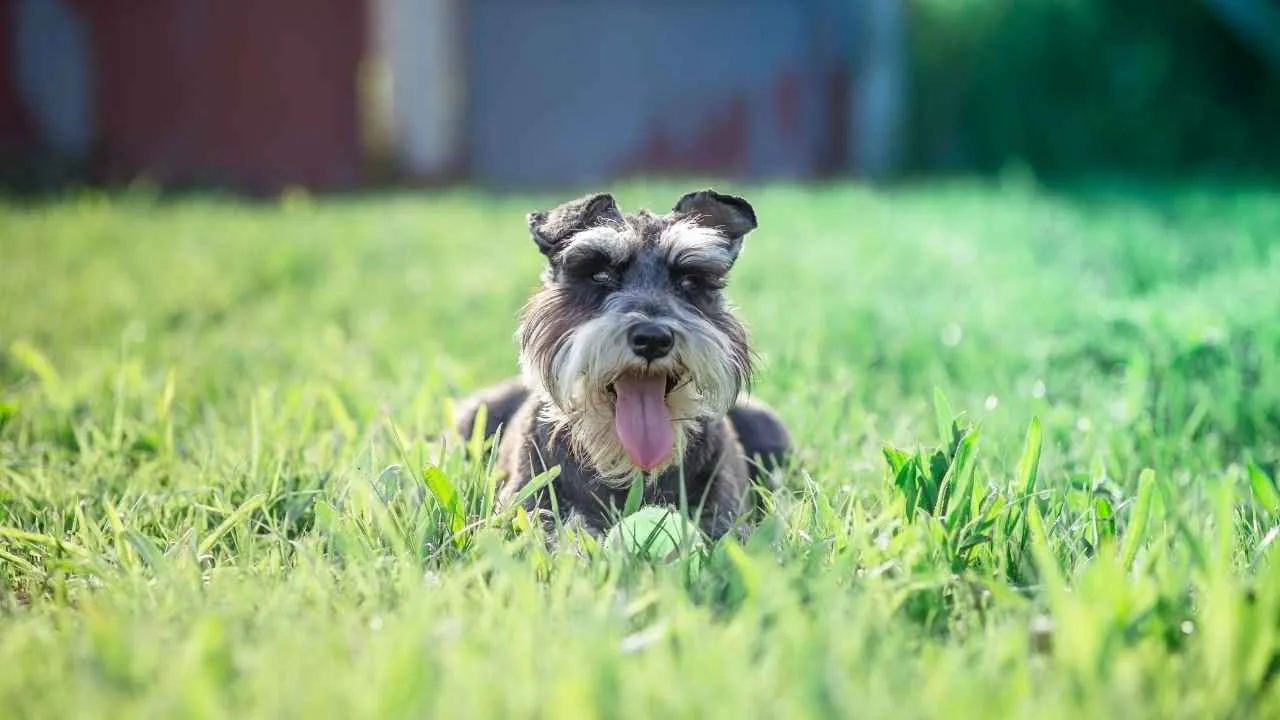
Breed Profile
Size: Small to Medium
Temperament: Spirited, alert, friendly
Origin: Germany
Originally bred in Germany as a farm dog and rat catcher, the Miniature Schnauzer is a robust, energetic breed with a strong personality. Its wiry coat, expressive eyebrows, and beard give it a distinctive look, while its outgoing and alert demeanor make it both a great family companion and an effective watchdog.
Miniature Schnauzers are smart, eager to learn, and typically respond well to structured, positive training. They enjoy obedience work and can excel in agility and other dog sports.
With proper socialization, they do well with children and other pets, though their terrier heritage gives them a strong prey drive.
They need daily physical and mental activity to stay balanced and avoid boredom. Their coat requires professional grooming every 6–8 weeks and brushing several times weekly to prevent matting.
This breed combines intelligence, adaptability, and charm, making it a well-rounded choice for active families looking for a loyal, entertaining dog with low-shedding grooming needs.
9. Pekingese
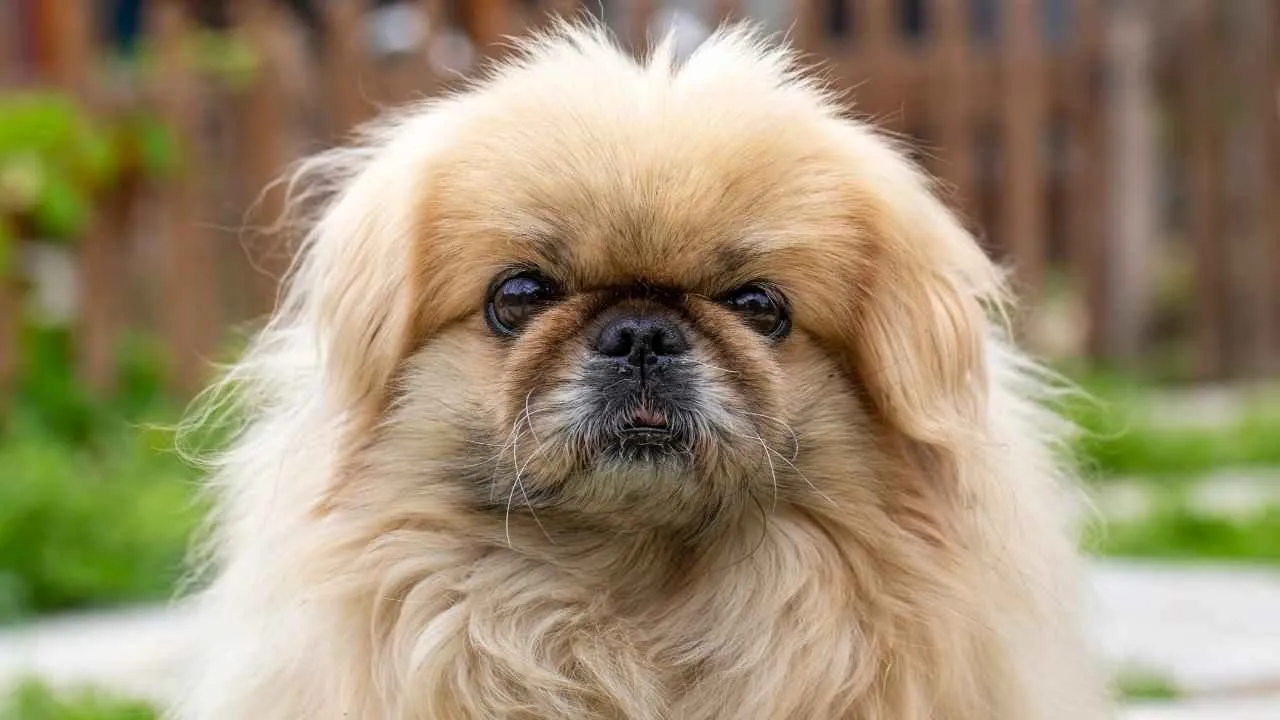
Breed Profile
Size: Small
Temperament: Loyal, independent, regal
Origin: China
The Pekingese is a compact toy breed developed in ancient China as a companion to royalty. It has a broad chest, heavy coat, and flat face, giving it a distinctive lion-like appearance.
This breed is independent and often aloof with strangers. It usually forms a strong bond with one or two people and prefers calm, predictable environments. It does not tolerate rough handling or chaotic activity.
The coat is long and dense, requiring brushing several times per week. Feathered areas around the tail, ears, and legs need extra attention. The facial folds must be cleaned regularly to prevent skin infections.
Pekingese do not need much physical activity, but they must be kept cool during warm weather. Their flat faces make them prone to breathing difficulties, especially in heat or humidity.
Training can be challenging due to their stubborn nature. A calm, consistent approach is most effective. Early socialization helps reduce territorial behavior and improves handling.
Conclusion
When choosing an excellent family dog, temperament, size, and energy levels matter just as much as appearance. Many of the breeds listed are affectionate, good-natured, and highly adaptable to a family’s lifestyle. Whether you have young children, a cat, or limited room in your house or yard, there’s a breed that fits your needs.
These dogs tend to be loving, devoted companions with characteristics that make them excellent family pets. With consistent training, daily exercise, and early socialization, most are highly trainable and enjoy being part of household routines. Some, like the so-called “nanny dogs,” are especially gentle with little kids and thrive in homes with small children.
From energetic puppies to calm adults, these breeds offer good reason to adopt based on age, lifestyle, and available space. Whether from a breeder or a shelter, finding an affectionate dog breed can lead to years of fun, loyalty, and companionship. With the right match, you’re not just adding a pet—you’re welcoming a lifelong family member.


